Oriented by market, we fully acquianted with requirement of our customer.With strategetic planning, we hold three generations of product in the manner of one in manufacturing, one in R&D and one in future staging.
Achieve technology leadership based on the whole industrial chain through innovation and lead the development of the industry
Win win cooperation with industry chain partners and strive for harmony between people and the earth
By optimizing the materials / electrodes / simulation / early warning, the safety and reliability can be ensured in the operating condition; our battery products run 600 million km without any safety accidents.

Raw material evaluation and selection, material characteristic analysis, failure analysis, etc

Supporting cell design and development with simulation, reducing experiment amount and shorten R&D period.

To analyze, predict and solve cell safe problems to ensure safety and reliability

To optimize the slurry stability, and ensure the production and manufacture with high quality electrode.

To rapid diagnose and analysize various problems happened in R&D, production and after-sales process by electrochemical method

To analyze the special characteristics of the electrode, and analyze the electrode problems and principles in depth


The first 300 wh/kg grade battery product has passed the acceptance and commercial application has processed in China. The product is applied to the electric manned aircraft, and the flight time is increased to 150 minutes by using the 300 wh/kg grade battery product. The sepcific energy cell will effectively improve the endurance mileage.
By adopting the concept of single cell forward design, embedding cell design model into R&D has shortened develop cycles, reduced costs, solved bottlenect restriction of power performance and played a significant role in developing the single cell with power density up to 7000W / kg
From material properties to thermal runaway mechanism of abused battery,
battery safety has been quantified by building thermal runaway model and
analyzing key factors of safety features. By optimizing battery design,
effective safety techniques has been verified.
Combining simulation and experiments, multiple optimization and upgrades are performed to ensure that the product has reliable structural stability from parts to components to modules.
Aluminum alloy is used for battery module packaging, because of light weight, good structural strength and rigidity. Combining simulation and experiment, under the premise of ensuring safety, Excessive redundant design is removed, and the rate of CTP is high.
The modalities of each component of the battery pack is verifies by vibration simulation, and the first-order modalities should to be greater than 30Hz; BG/T 31467.3-2015 vibration conditions is used to perform random vibration simulations in the X, Y, and Z directions, respectively, with 1σ stress> tensile strength / 5; Thermally simulation of battery pack is performed to analyze the heating conditions of the battery system under different operating conditions and ambient temperatures.
To predict potential safe risk, simulating the random vibration of the battery pack, using the random vibration load spectrum in GB/T-31467.3, and analysizing the CAE simulation results. The first-order mode should be greater than 30Hz, and 1 σ stress should be big than tensile strength / 6 of each component in X, y and Z directions, meeting the use requirements; CFD simulation of the battery box system is carried out to analyze the working state of the thermal management system under different operating conditions and ambient temperature, including heating under low-temperature and cooling under high-temperature. Continous optimization is performed to make the battery work in the most "comfortable" state.
The following safety experiments of battery pack should be passed: fire, liquid cooling experiment, short circuit protection, heating, simulated leakage, EMC test, extrusion, IP68, vibration test, module thermal runaway.
fire
liquid cooling experiment
short circuit protection
heating
simulated leakage
EMC test
extrusion
IP68
thermal runaway
vibration test
Fast and multi-objective equilibrium strategy Improve the consistency cell under operating conditions Improve battery life
Heat management control technology with multi parameter energy-saving Thermal management system of vehicle Design of battery thermal management control scheme for cabin comfort
Multi-level modeling method Verification and test of the core algorithm of BMS Optimize test resources and accelerate product development
Near 100% diagnostic coverage Dual-processor monitoring redundant Multi-level fault protection Multi-level and multi-parameter fault diagnosis method Multi-dimensional fault location method Multi-dimensional fault detection Multi-level safety pre-warning method
Material optimization / derating design Tolerance analysis / SI / PI design WCCA analysis SI / PI simulation and test Environmental reliability verification First-class manufacturing plant
Considerating design, simulation, and testing,CISPR25, ISO11452-2, ISO11452-4, ISO10605, ISO16750 and other road vehicle standards and customer needs should be meeted.
Collection, diagnosis and analysis of cell voltage, current, temperature and insulation resistance High-accuracy and high-stability signal collecting
Algorithm management of SOC and SOH for different cell chemistry and operating condition On line identification of capacity and internal resistance under multiple operating conditions SOE estimation method based on data driven On line SOP estimation using secant iteration algorithm
Data storage / Redundant communication, First in series, then in parallel, Work hard, Save you precious time